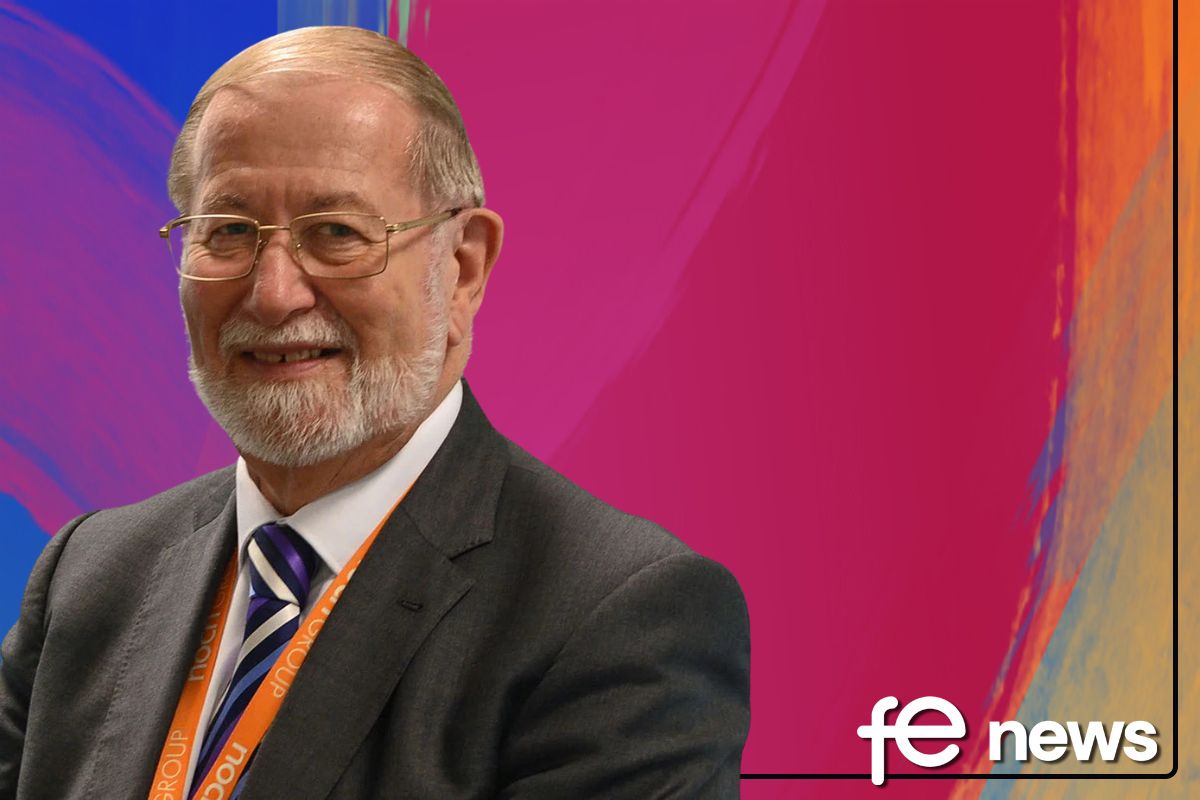England is teaching America a thing or two

England is teaching America a thing or two
How England is teaching America a thing or two about scaling successful apprenticeship
Winston Churchill was a famous Anglo-American – one of only a handful of people that the United States Congress has awarded honorary citizenship to. Churchill returned the favour by saying:
You can always count on Americans to do the right thing – after they’ve tried everything else.
In that sense, you might think the United States is the Johnny-come-lately to the world of apprenticeship. But as the latest trade mission delegation that I led from England to Washington D.C. found, the picture is a lot more complex than that.
In November, twelve UK apprenticeship providers, technology and assessment organisations took part in an intensive 3-day program organised by the Transatlantic Apprenticeship Exchange Forum (TAEF) and Franklin Apprenticeships. TAEF is a member-based body founded in 2015 when the U.S. Department of Labor was just getting going the biggest apprenticeship expansion effort since the 1930s. My aim, through TAEF, is to specifically open up more market access and joint venture opportunities for UK apprenticeship providers and colleges.
The UK delegation with the apprenticeship team at the National Governors’ Association.
The TAEF annual forum – now in its third year – coincided with U.S. National Apprenticeship Week. The idea was lifted directly from the UK when Tom Perez, a former Labor Secretary, visited England in 2014. It has quickly taken off with thousands of American industry and information events organised across all 50 states. When combined with the first meeting of the Presidential Task Force on Apprenticeship Expansion, which my UK delegation was invited to the inaugural meeting of; it felt like being included in one massive national conversation.
It became apparent that the U.S. is only just getting to grips with the thorny issue of how to grow apprenticeships while ensuring quality. As I pointed out in my speech in D.C., England faced a similar issue at the end of the 1990s. The challenge back then was one of getting industry on board and winning the case for public investment in the delivery of the off-the-job element of apprenticeship training.
While subsides vary in England, they do form part of a national funding system, which now includes the Apprenticeship Levy. The federal task force is looking at funding and incentive models. The smart money is on more widespread state-led approaches including employer tax credits and the freeing up of the current student loans system.
Of course, success does not happen overnight. The steady presence of innovation and the growth of independent training providers – public and private – has catapulted England from one of the laggards in apprenticeship starts to a country snapping at the heels of the famous Germanic models, like those found in Switzerland.
The potential of the U.S. apprenticeship market is mind boggling. There are more than 23 million job postings each year. Currently less than 30 apprentice occupations – mainly in construction and the skilled trades – account for around 0.2% of the U.S. workforce actively enrolled in apprenticeship (i.e. 410,000 civilian apprentices).
To match the performance of England, the U.S. would be enrolling around 4 million apprentices each year. To match Germany, the figure is closer to 5 million starts per year.
TAEF partner the Open University believes that what the UK has to offer is up for the challenge.
David Willett, Corporate Director at the Open University, said:
It’s clear that our US counterparts recognize both the economic benefits and the potential apprenticeships have to boost productivity, social mobility and diversity across all levels of the workforce. In order to realize these opportunities, US employers and educators must seize upon the knowledge available from colleagues in the UK who have years of experience in building apprenticeship programs designed to meet business needs.
Inspired by Salesforce chief executive, Marc Benioff, the federal task force has set an aspirational goal of 5 million additional apprenticeships by 2020. They will need to get a move on. It took England over a decade to quadruple the number of apprentices.
As a result, there is huge interest in what UK intermediary training providers have to offer, including the way quality can be improved with technology, including on-going and end-point assessment. It’s still early days, but if a recent Harvard University report on apprenticeship is anything to go by, there is scope to expand American apprenticeships significantly over the next few years. Analysts estimate that by expanding the number of non-traditional apprentices in a further 80 occupations, over 3 million job vacancies could be filled via the apprenticeship model each and every year.
For apprenticeship providers and entrepreneurial organisations in the UK this represents a significant market opportunity.
Tom Bewick, President of TAEF and co-founder of Franklin Apprenticeships LLC.
Based in the UK, Tom advises colleges and training providers on commercial and market access opportunities in the United States.
You can watch the TAEF annual forum here, and read Tom Bewick’s speech, ‘Learning from England’s Apprenticeship Expansion’ here.











Responses